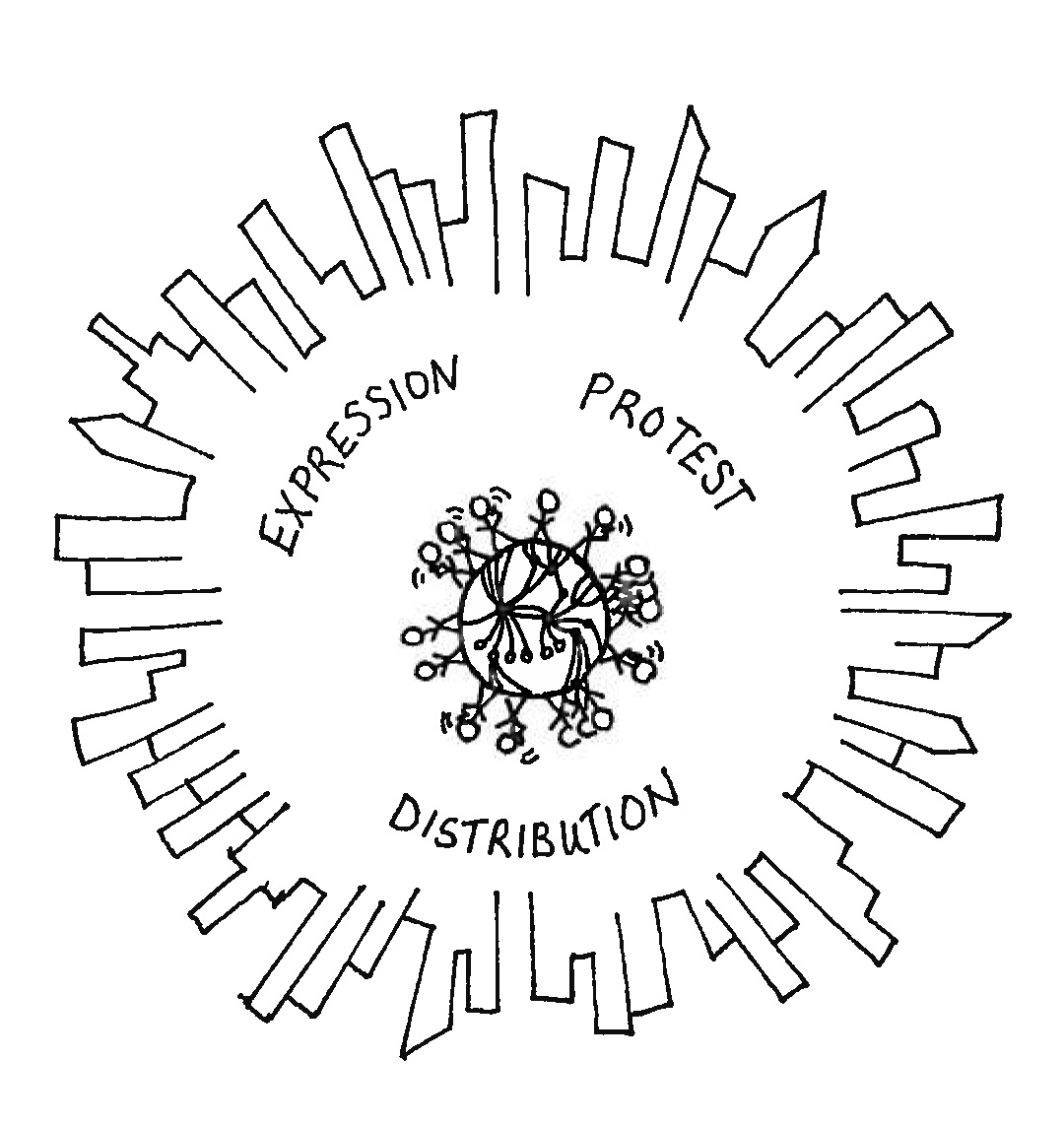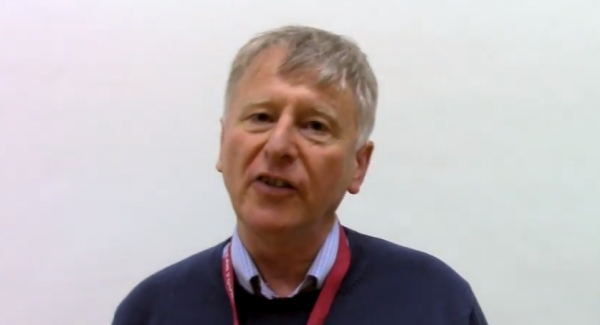Expression, Protest, and Distribution Three purposes of civil society
 Even with the diversity of enterprises and financing mechanisms, civil society (within democracies) largely serves three purposes: expression, protest, and distribution. That is, we organize to express ourselves artistically, culturally, or as members of a particular group; to protest or advocate on behalf of issues or populations; and to provide and distribute services or products that the market or state are not providing. All of this is shaped by (and often funded by) government regulations and cultural norms. Market forces also influence the shape and scale of civil society. The edges between all three sectors are, and mostly have been, blurry and dynamic. This dynamism will only increase with adoption of digital tools. We will face more confusion and blurring — as digital data and infrastructure conflict with our old assumptions about public and private — before things get clearer.
Even with the diversity of enterprises and financing mechanisms, civil society (within democracies) largely serves three purposes: expression, protest, and distribution. That is, we organize to express ourselves artistically, culturally, or as members of a particular group; to protest or advocate on behalf of issues or populations; and to provide and distribute services or products that the market or state are not providing. All of this is shaped by (and often funded by) government regulations and cultural norms. Market forces also influence the shape and scale of civil society. The edges between all three sectors are, and mostly have been, blurry and dynamic. This dynamism will only increase with adoption of digital tools. We will face more confusion and blurring — as digital data and infrastructure conflict with our old assumptions about public and private — before things get clearer.
Takeaways are critical, bite-sized resources either excerpted from our guides or written by Candid Learning for Funders using the guide's research data or themes post-publication. Attribution is given if the takeaway is a quotation.
This takeaway was derived from Philanthropy and the Social Economy: Blueprint 2015.


